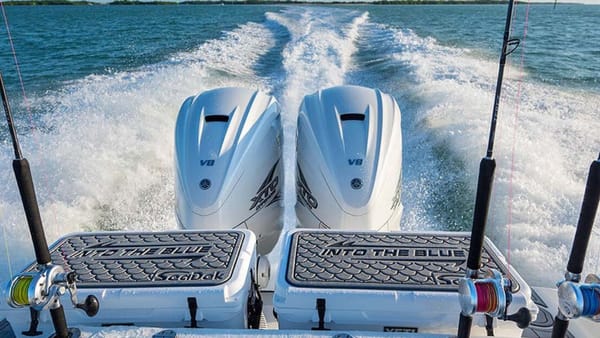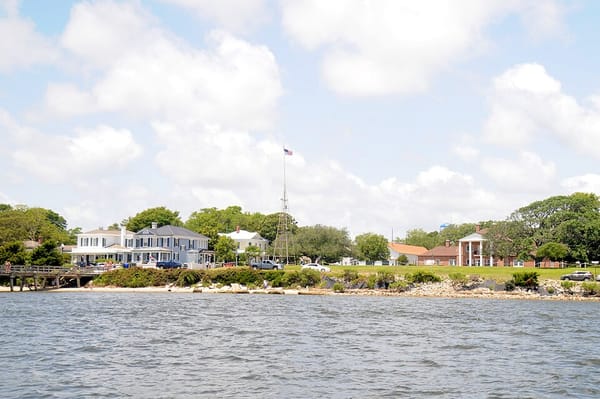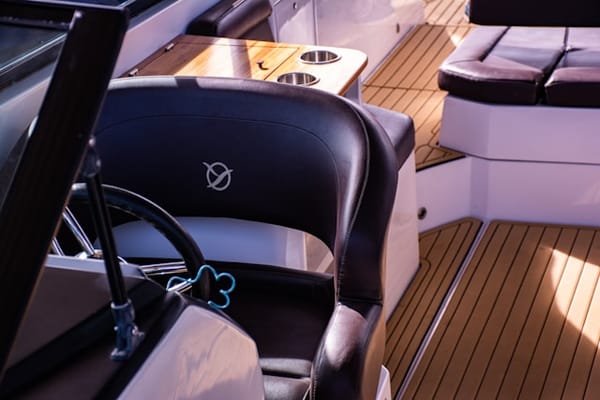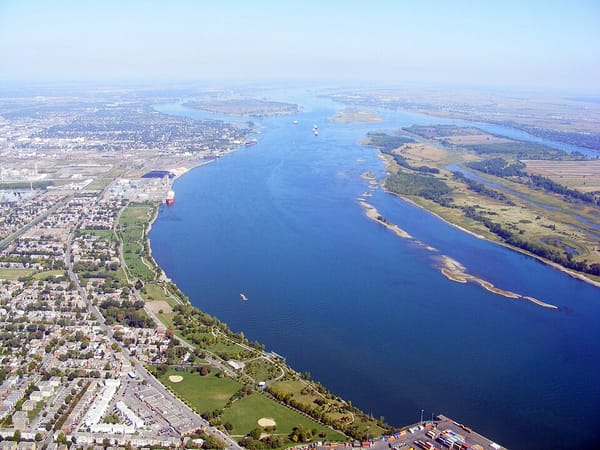Safety in Boating: Safely Operating and Docking Your Boat
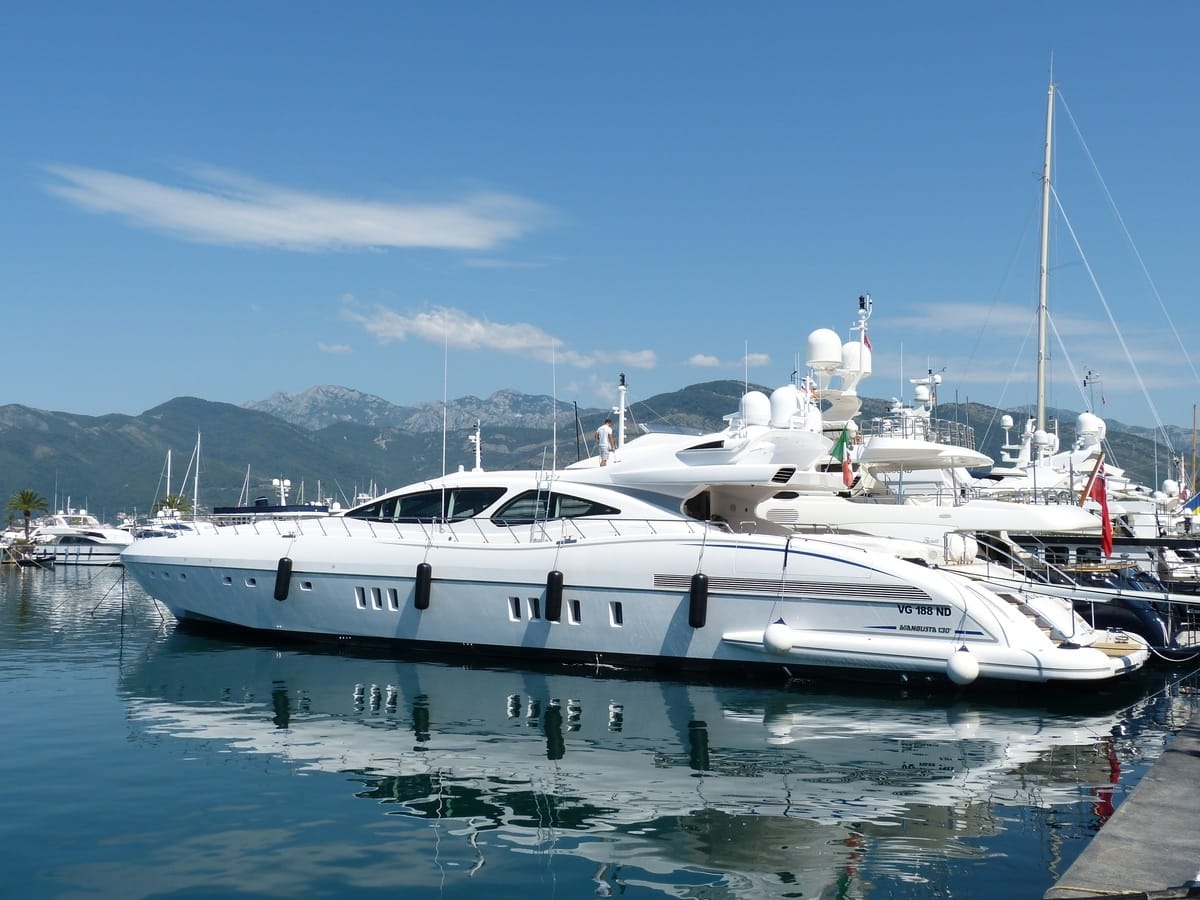
Between wind and current, other boats and on-shore spectators, docking a boat has to be one of the most stressful parts of the boating life. But, dock you must. If we could always pull up next to a long open pier (with no other boats in sight) what a wonderful world it would be. A private boat lift rental also eliminates the worry of bumping into another boat.
Unfortunately, sometimes your only boat docking choice is a narrow slip, a busy marina or a small dock-and-dine restaurant. If you’re looking for tips on how to safely dock your boat, keep reading for some pointers to make it as safe and stress-free as possible.
Things to Consider Before Docking Your Boat
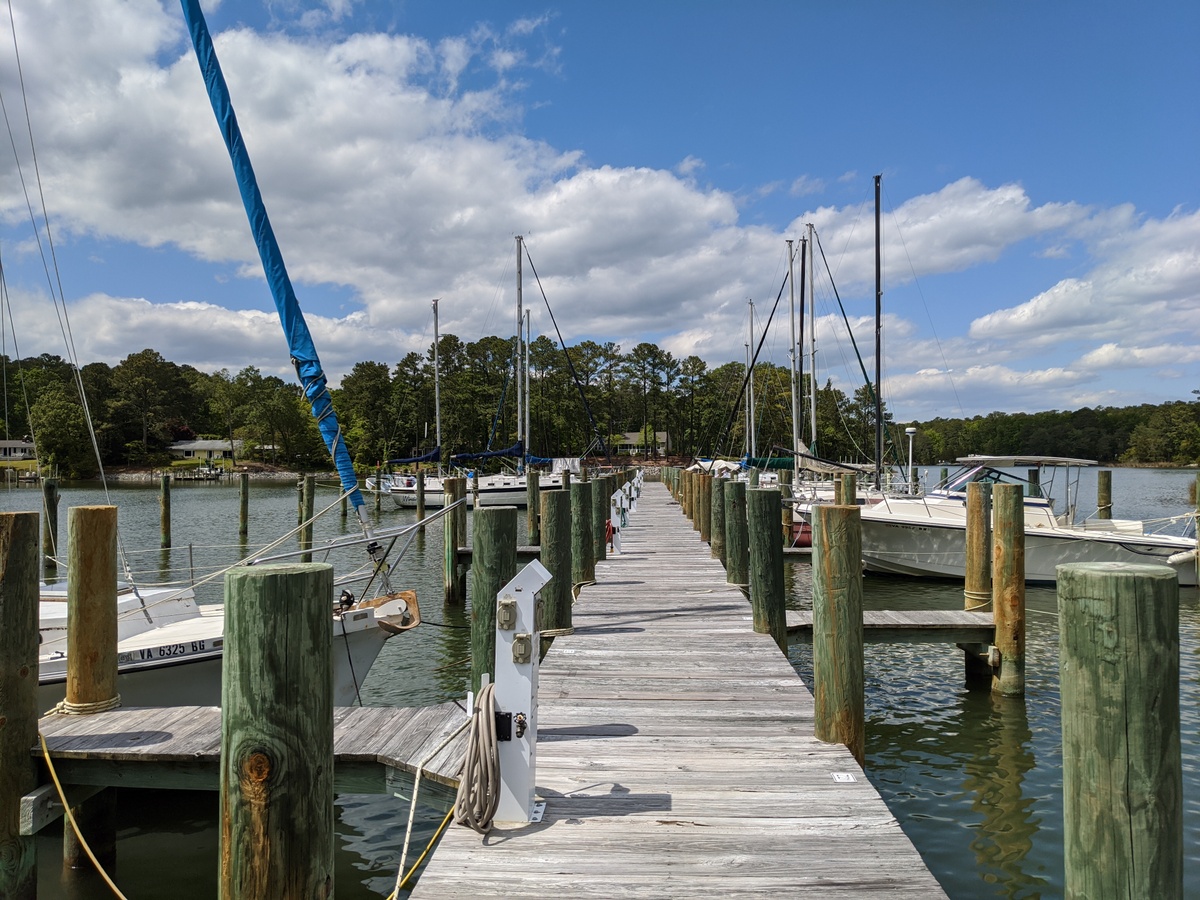
- The size of your boat. If you have a 40-foot sportfish, it’s not a wise idea to try docking in slip meant for a 20-foot bass boat.
- Where are you going to tie up? Are you pulling up to the left or right side of the dock?
- Have your lines and bumpers ready to go on whichever side you’re using and before you pull into your boat dock rental.
- Work with the wind. If you can, pull in so that the wind is pushing you toward the dock, rather than away from it.
- Turn the wheel before turning on the power. This means to make sure you’re going in the direction you want to go before giving the boat the power to do so. There’s a fine line between too much and too little power. Lots of practice will give you a sixth sense to know the difference.
- Know which knot to tie to keep the boat in its place.
Safety Tips for Docking a Boat
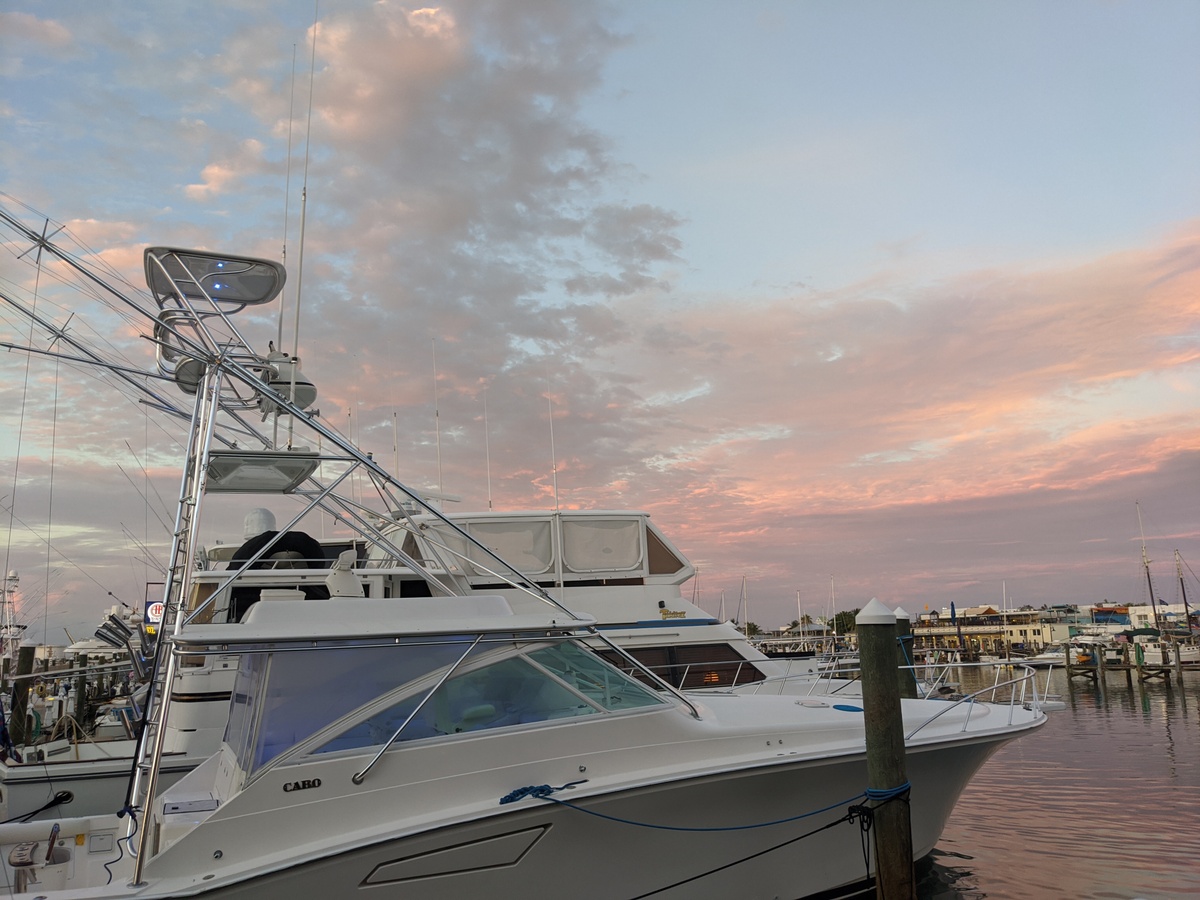
There’s an old saying that says everything on a boat happens in slow motion. There’s another saying that goes “Never approach a dock faster than you’re willing to hit it.” Heed both and stay slow. Additional docking tips include:
- Give others on board a task. One person can toss the rope around a piling while another attaches it to the cleat.
- Remind passengers to keep their hands and fingers inside the vessel at all times. Fingers pinched between a wooden or concrete dock and the weight of a boat is a painful experience that nobody wants to discover for themselves.
- Don’t allow anybody to jump from the boat to the dock. This is neither safe nor necessary. If there is somebody on the dock, handing them the lines is a very helpful alternative. Otherwise, keep all persons and body parts inside the boat.
Safety in Navigation
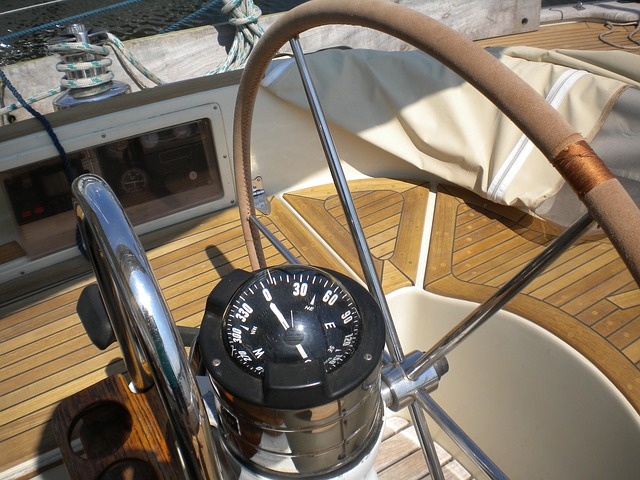
In addition to safe docking and boating safety gear like life jackets, VHF radios and flares, there are some navigational safety factors to keep in mind while you’re out on the water.
- Get a Vessel Safety Check from the U.S. Coast Guard. This verifies that you have all of the required safety gear on board. It’s free and you’ll get a decal to put on your boat.
- At least 36 states require boaters to take a boating safety course before being allowed to operate a boat. The course can be taken online or in various on-site places.
- Learn what buoys and other markers mean.
- Red, Right, Returning – This age-old saying refers to when you’re returning (i.e. entering a channel from being out to sea, going upstream or toward the shore), you need to keep the red markers (such as buoys or beacons) on the right side of the boat (or starboard, in boater lingo). The red markers have even numbers and increase as you get closer to land.
- When you’re going toward open sea, keep the green markers on your right. Green markers have odd numbers and decrease as you get closer to open water.
- If you’re anchored out, make sure everybody is in the boat before starting it to head back to your boat lift rental. In general, discourage passengers from swimming near the propeller. That’s just asking for trouble.
- If you’re the captain, no drinking for you. Alcohol is involved in at least 19% of boating fatalities.
Hopefully this has given you a few tips and pointers on how to safely operate and dock your boat at a slip or private boat dock rental. With a little practice, you’ll be a pro in no time. Happy boating and stay safe out there!
